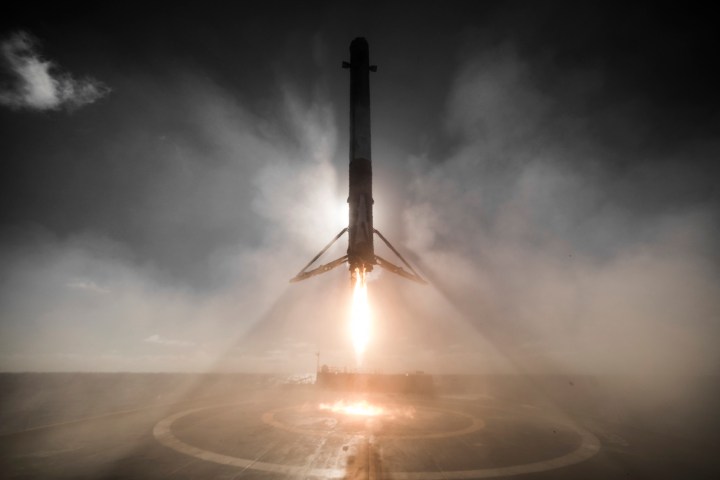
Exactly eight years ago, SpaceX achieved something remarkable when it landed its Falcon 9 booster upright for the first time.
It was no mean feat. One of those present at SpaceX headquarters on the night of the historic mission compared it to “like launching a pencil over the Empire State Building, having it reverse, come back down, and land on a shoe box on the ground in a wind storm.”
The achievement was a huge leap forward for SpaceX’s mission to create a reusable spaceflight system to drastically reduce the cost of orbital missions, increasing space access to more companies and organizations wishing to deploy satellites or conduct research in space.
The video below, posted by SpaceX on Thursday, includes the moment the company nailed its first booster landing back in 2015.
Eight years ago today, SpaceX successfully landed an orbital class rocket for the first time. Since that time, SpaceX has landed Falcon rockets more than 250 times and counting pic.twitter.com/r8pAfMQxiU
— SpaceX (@SpaceX) December 21, 2023
It took SpaceX five years and 20 flights to achieve the first upright landing of a returning Falcon 9 booster. Some attempted landings saw the 41.2-meter-tall vehicle touch down before toppling over and exploding, while other times, the booster was deliberately ditched in the ocean without any attempt to land it.
That first successful touchdown took place on a ground pad, but after that, SpaceX wanted the option of landing on a drone ship in the ocean, too. The first attempt in January 2016 failed, as did the following one in March of the same year. But learning from its errors, SpaceX achieved its first drone landing in April 2016.
Since then, SpaceX has nailed the vast majority of its Falcon 9 landings on land and water, with the last failure occurring in February 2021.
As of today, Falcon 9 rockets have flown 281 times and completed 239 landings, enabling a total of 214 re-flights. One of its first-stage boosters has flown an impressive 18 times, with many others also still being used for multiple missions.
Besides carrying satellites to space, the Falcon 9 is also involved in cargo and astronaut missions to the International Space Station. The successful spaceflight system has also paved the way for the development of the larger Falcon Heavy rocket (basically three Falcon 9 boosters strapped together), and the most powerful rocket of all time, the Super Heavy, otherwise known as the Starship.


